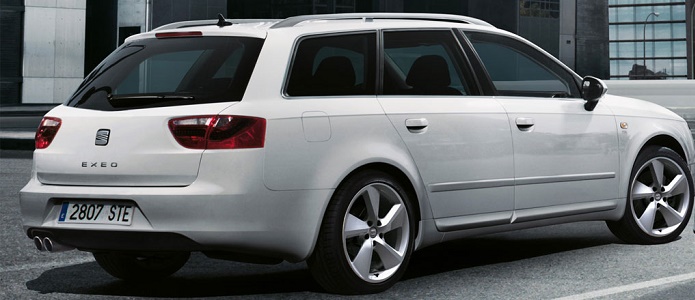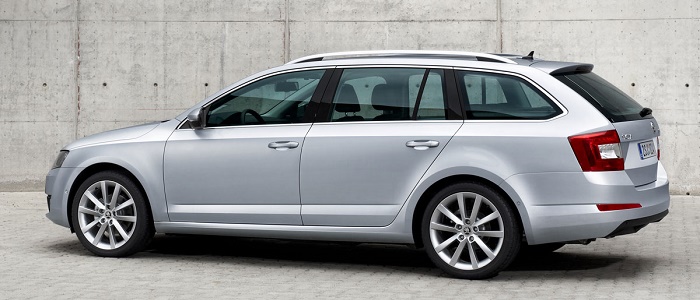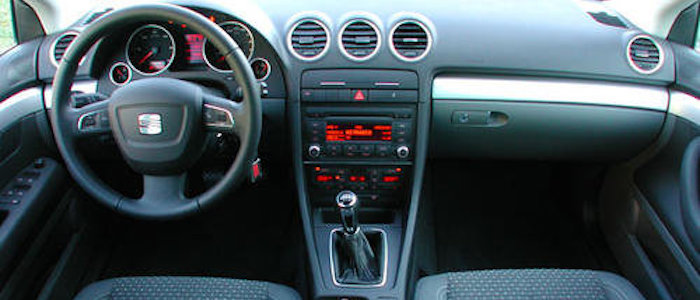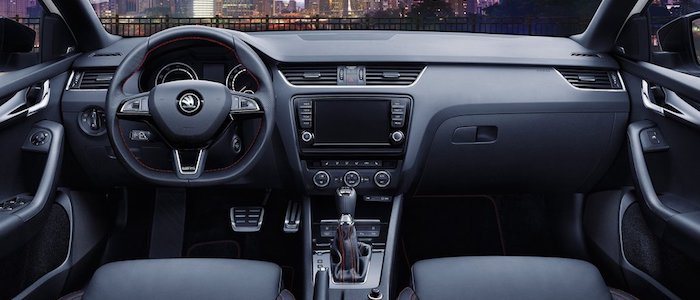Compare two cars
Compare any two cars and get our Virtual Adviser™ opinion
Dimensons & Outlines
Check vehicle history
Engine
Performance (manual gearbox)
Performance (automatic gearbox)
Expenses
Virtual Adviser's™ opinion
Well, these are two pretty similar cars we have here! It's only details that could potentially make the difference. Considering they both belong to the large family car segment and utilize the same 5-door wagon body style and the front wheel drive system, it all comes up to the specific petrol engine choice they offer. Both the engines are Volkswagen-engineered . The first one has a 4-cylinder, 16-valves 120hp unit, while the other one gets its power and torque from a 4-cylinder, 16-valves 180hp one.
SafetyBoth vehicles got tested by European New Car Assessment Programme (Euro NCAP), with the Škoda being a slightly better choice apparently. Still, apart from the official crash test results there are other things we need to be aware of. Both vehicles belong to the large family car segment, which is generally a good thing safety-wise, still it doesn't help us solve our dilemma, does it? Furthermore, when it comes to weight, a factor that most people underestimate, the Spanish car offers a considerable difference of 18% more metal.
ReliabilityReliability is not the best thing to consider on the make level, but it is worth mentioning that Škoda does have a slight advantage, at least on all of the models level. That's the official data, while our visitors describe reliability of Seat with an average rating of 4.5, and models under the Škoda badge with 4.4 out of 5. The same official information place Exeo as average reliability-wise, and Octavia is more or less at the same level.That apart, owners of different cars powered by the same engine as the Spanish car rank it on average as 1.0, while the one under the competitor's bonnet gets 4.8 out of 5.
Performance & Fuel economyŠkoda is way more agile, reaching 100km/h in 3.7 seconds less than its competitor. In addition to that it accelerates all the way to 229 kilometers per hour, 33km/h more than the other car. When it comes to fuel economy the winner has to be the Czech car, averaging around 6.1 liters of fuel per 100 kilometers (46 mpg), in combined cycle. We can't ignore that 25% difference compared to the Spanish car.
Verdict
Škoda is apparently more reliable, not too much, but just enough. The most important thing when deciding between any two vehicles should always be safety, both passive and active. In this case though, it seems that both cars show similar levels of passenger protection all together, so that won't break a tie. But one thing that actually could is the performance, with Škoda outracing its opponent in any situation possible, making it better choice for boy racers. To make things even better, it consumps less fuel! All together, there's not much more to say, in this case I wouldn't even consider anything but Škoda. Nevertheless, let's not forget that people have different preferences and needs, so what really counts is your personal feel. I'm only here to help. I suggest you spend two more minutes in order to find out which car, based on your needs and budget, would be picked by the virtual adviser™, out of 12.000+ vehicles we currently have in our database.

































